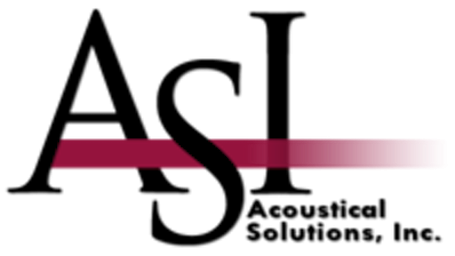CUSTOM SOLUTIONS
Why don’t architects, designers, and builders make quieter spaces? Normally there is a compromise demanded between the design for the eye and the design for the ear. It seems the materials that look good in modern designs are often the same surfaces that reflect noise making the spaces challenging for the ears.
Acoufelt believes that productive spaces are quiet spaces; spaces that reduce unwanted sound. But too often the demands of aesthetic design are placed ahead of acoustic design. To remedy this trade-off, Acoufelt has a custom printing service of such high quality that it can create acoustic materials that appear to be aesthetic materials.
Acoufelt creates optical illusions to allow acoustic improvements.
Soft, noise absorbing materials can be printed to appear as though they are a fashionable hard surface. This custom printing service allows a designer to provide a very high-resolution image of the desired surface to be printed in large format as an acoustic material.
What makes the Acoufelt custom printing option highly attractive to designers is that it is a printing method that has minimal impact on the acoustic properties of the printed material.
Screen printing and other similar printing techniques can have a detrimental impact on a material’s NRC (Noise Reduction Coefficient) as the paint/ink fills the porous holes in the material. Rather than absorbing the sound, the paint reflects the noise and the acoustic property of the material is compromised.
The acoufelt solution involves coloring the fibers so that the material remains soft and the acoustic performance is not significantly compromised.
So with the custom printing service, there is no reason why spaces cannot be designed for the ear and the eye.
If you have a specific pattern or image that you want turned into an acoustic material, please contact us.
Acoufelt Panel Printing Specification Requirements
For image specification when printing onto the Acoufelt Panel product, the image file needs to be high resolution between 150 DPI to 300 DPI at 1:1 scale.
